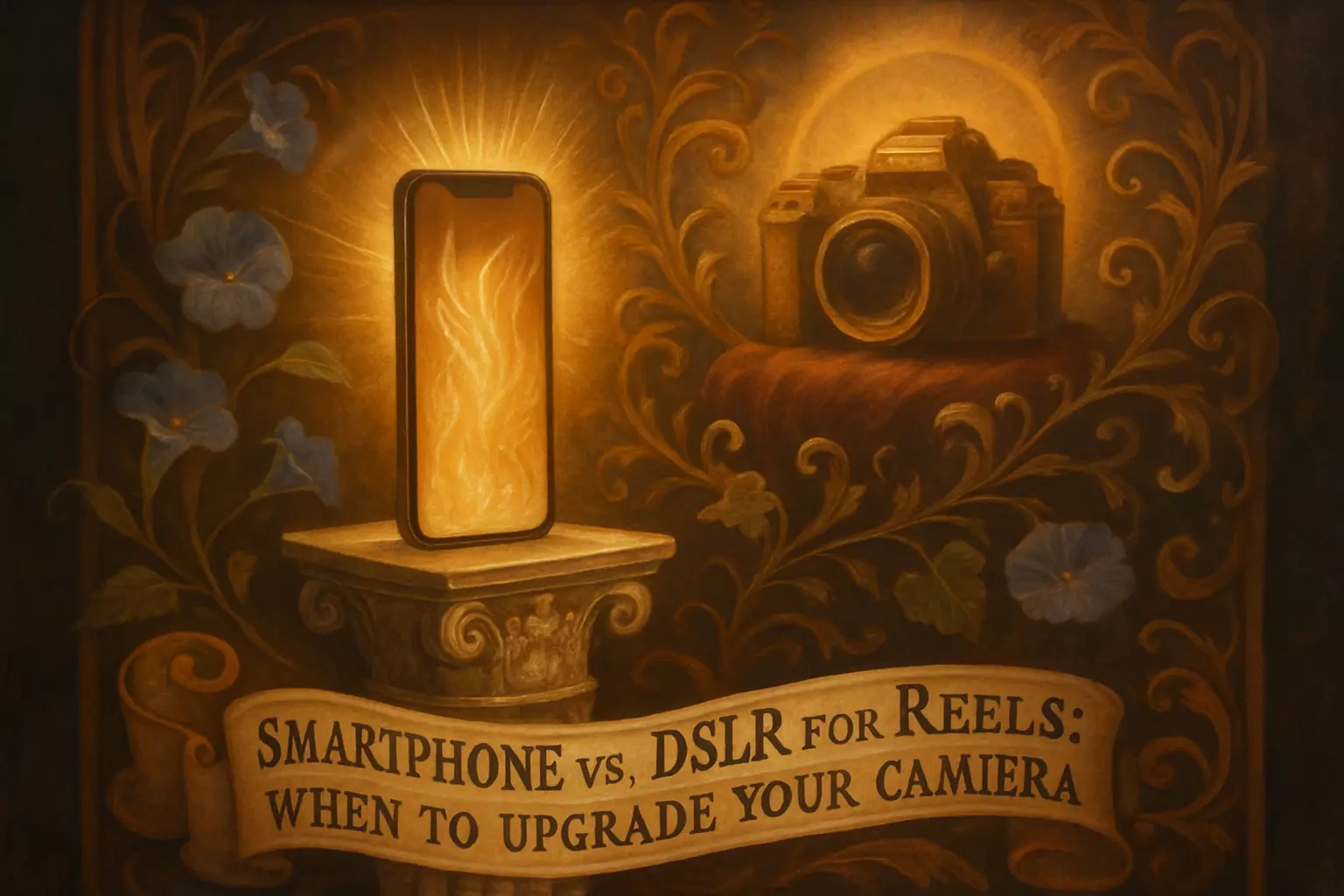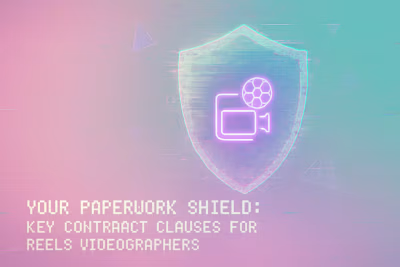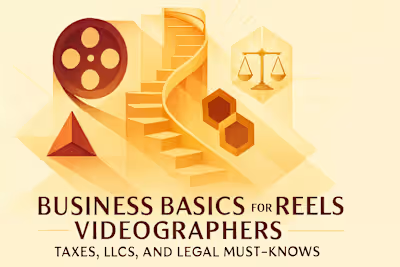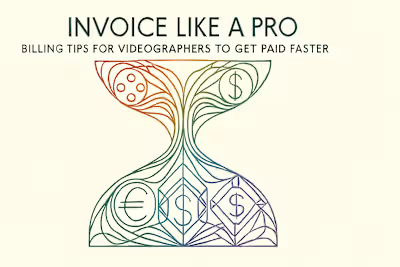Smartphone vs. DSLR for Reels: When to Upgrade Your Camera

Smartphone vs. DSLR for Reels: When to Upgrade Your Camera
The Surprising Power of Modern Smartphones
Incredible Image Quality and Computational Photography
Unmatched Portability and Ease of Use
Built-in Stabilization and Features
Key Advantages of a DSLR or Mirrorless Camera
Superior Sensor Size and Low-Light Performance
The Power of Interchangeable Lenses
Manual Control and Professional Features
The Tipping Point: 5 Signs It's Time to Upgrade
You're Consistently Frustrated by Low-Light Quality
You Want Authentic Cinematic Depth of Field
You're Limited by Your Smartphone's Field of View
You're Taking on Professional Client Work
Your Creative Vision Exceeds Your Phone's Capabilities
Making the Right Choice for Your Content
References
Smartphone vs. DSLR for Reels: When to Upgrade Your Camera
The Surprising Power of Modern Smartphones
Incredible Image Quality and Computational Photography
Unmatched Portability and Ease of Use
Built-in Stabilization and Features
Key Advantages of a DSLR or Mirrorless Camera
Superior Sensor Size and Low-Light Performance
The Power of Interchangeable Lenses
Manual Control and Professional Features
The Tipping Point: 5 Signs It's Time to Upgrade
You're Consistently Frustrated by Low-Light Quality
You Want Authentic Cinematic Depth of Field
You're Limited by Your Smartphone's Field of View
You're Taking on Professional Client Work
Your Creative Vision Exceeds Your Phone's Capabilities
Making the Right Choice for Your Content
References
Posted Jun 30, 2025
Is your smartphone holding you back? Learn the key differences between a smartphone and a DSLR for creating Reels and discover the 5 signs it's time to upgrade your camera.










